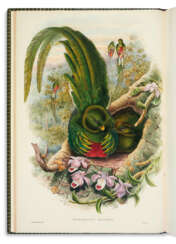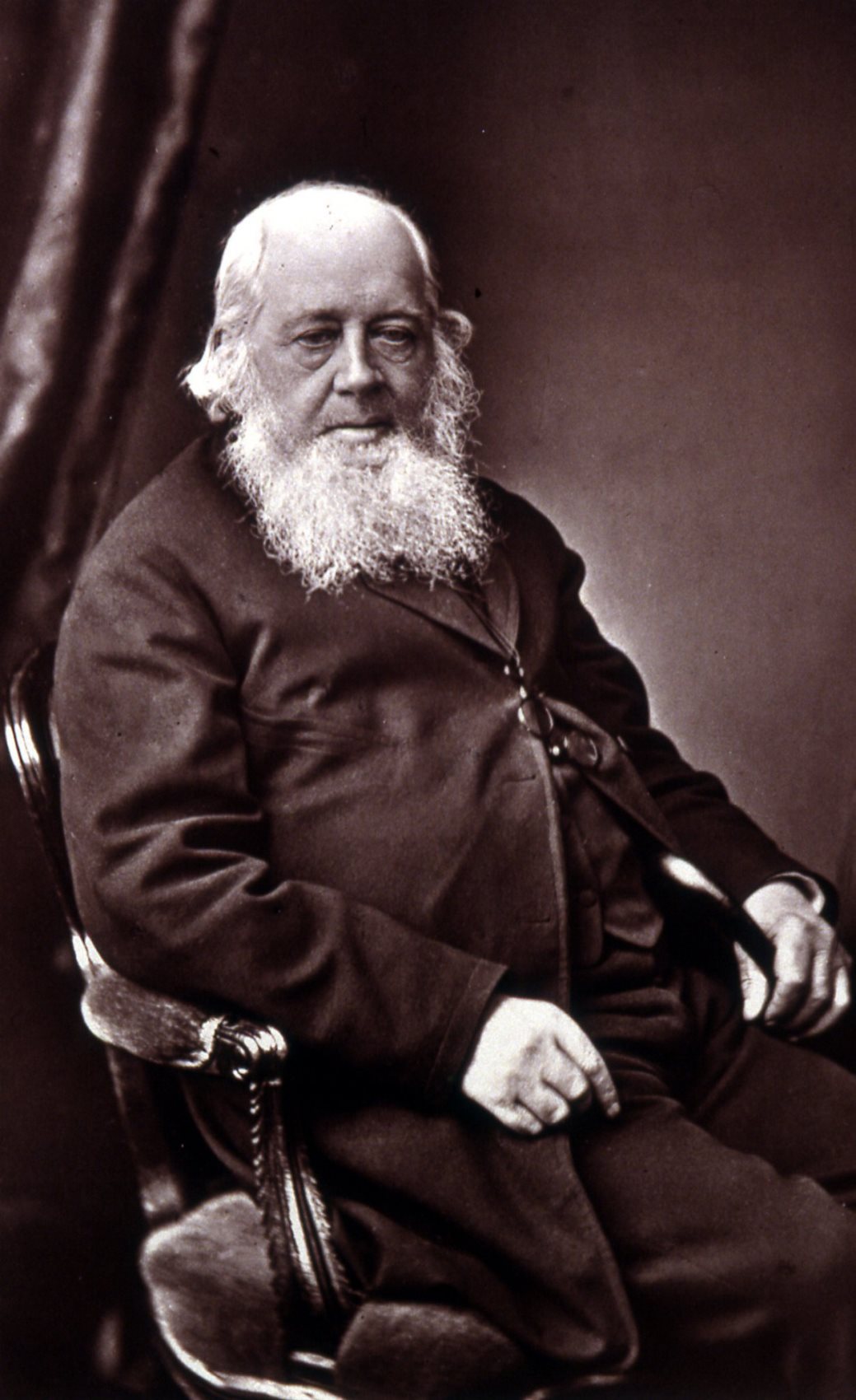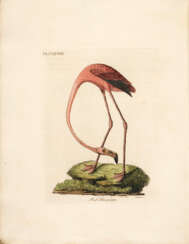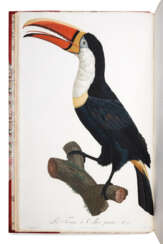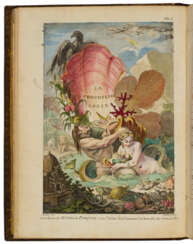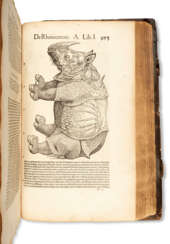естественные науки
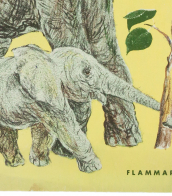

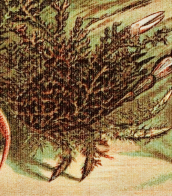

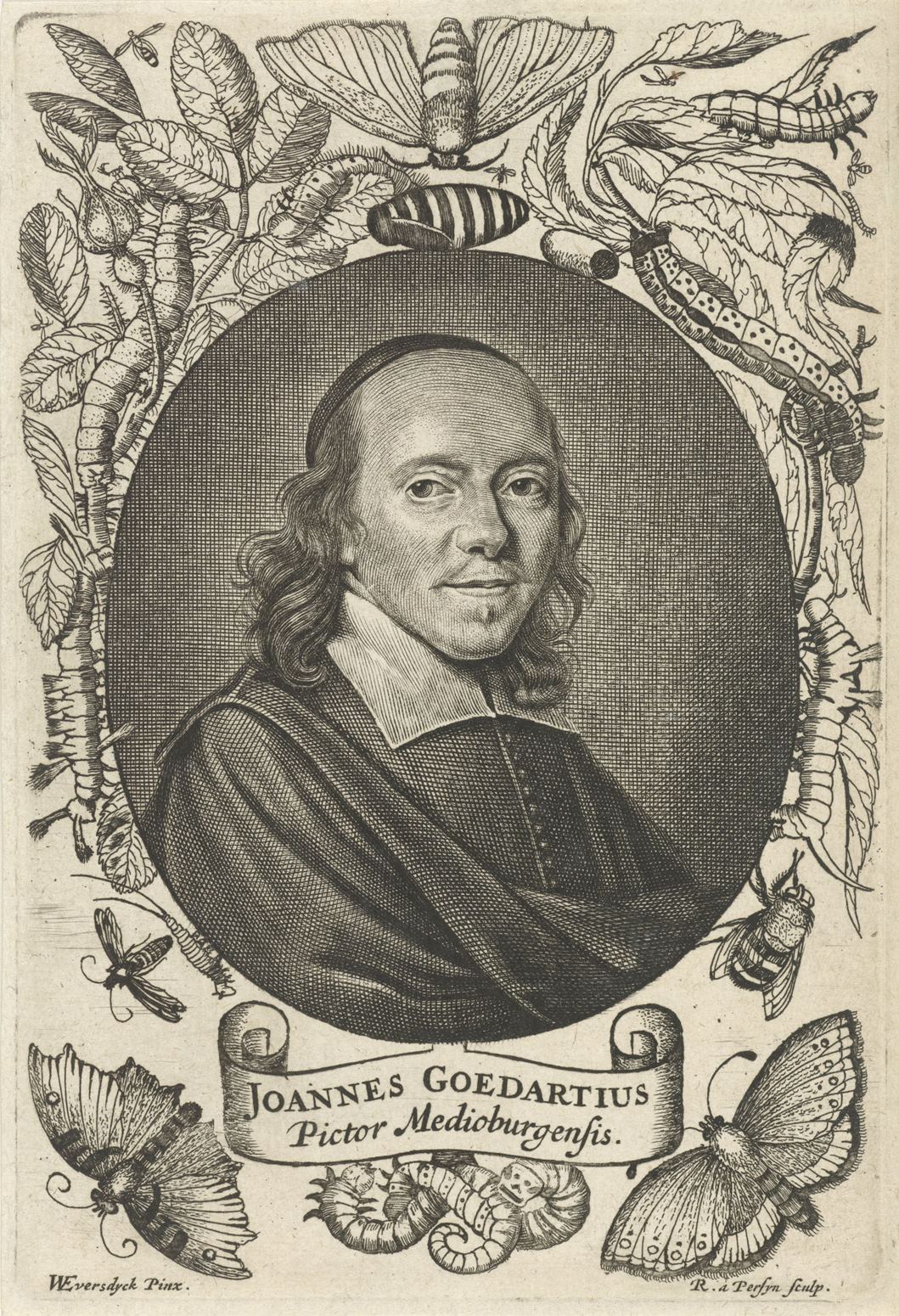
Johannes Goedaert was a Dutch naturalist, entomologist and artist.
Goedaert was one of the authors on entomology and the first to write about insects in the Netherlands and Europe, based on his own observations and experiments between 1635 and 1667. In 1660, Goedaert published the first of three volumes collectively titled Metamorphoses and History of Nature, the last volume appearing in 1669.
Goedaert's work is valuable in that for the first time he used his own drawings instead of woodcuts to illustrate his insects, and they are of noticeably higher quality than those in Moffett's volume. Goedaert was a talented and observant artist and draughtsman, and he used magnifying glasses but preferred to draw insects at life-size. The book depicts detailed phases of insect growth, including their metamorphosis. The scientist not only described the process of their development, but also described and sketched the various stages that insects go through during their life cycle.

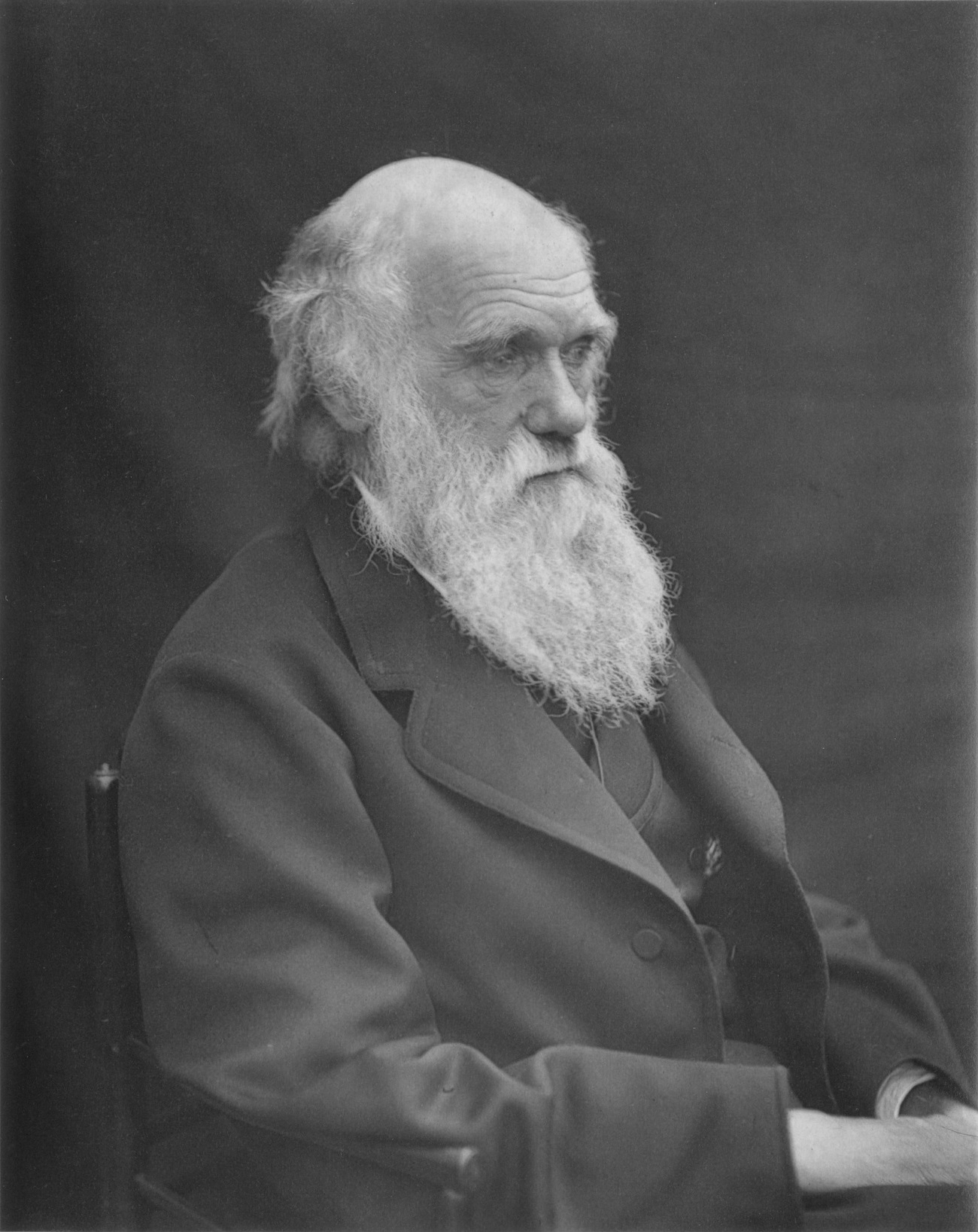
Charles Robert Darwin was an English naturalist, geologist, and biologist, widely known for contributing to the understanding of evolutionary biology. His proposition that all species of life have descended from a common ancestor is now generally accepted and considered a fundamental concept in science. In a joint publication with Alfred Russel Wallace, he introduced his scientific theory that this branching pattern of evolution resulted from a process that he called natural selection, in which the struggle for existence has a similar effect to the artificial selection involved in selective breeding. Darwin has been described as one of the most influential figures in human history, and he was honoured by burial in Westminster Abbey.

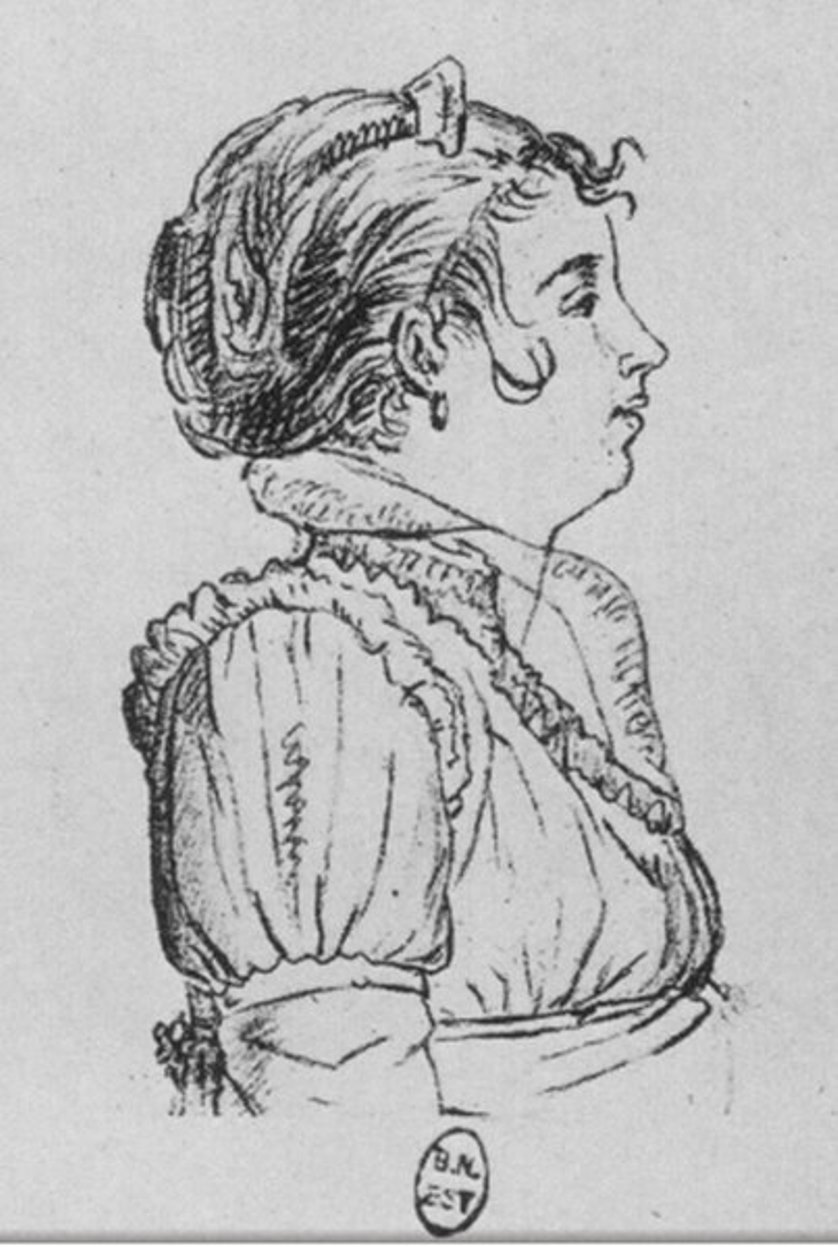




Charles Robert Darwin was an English naturalist, geologist, and biologist, widely known for contributing to the understanding of evolutionary biology. His proposition that all species of life have descended from a common ancestor is now generally accepted and considered a fundamental concept in science. In a joint publication with Alfred Russel Wallace, he introduced his scientific theory that this branching pattern of evolution resulted from a process that he called natural selection, in which the struggle for existence has a similar effect to the artificial selection involved in selective breeding. Darwin has been described as one of the most influential figures in human history, and he was honoured by burial in Westminster Abbey.


Charles Robert Darwin was an English naturalist, geologist, and biologist, widely known for contributing to the understanding of evolutionary biology. His proposition that all species of life have descended from a common ancestor is now generally accepted and considered a fundamental concept in science. In a joint publication with Alfred Russel Wallace, he introduced his scientific theory that this branching pattern of evolution resulted from a process that he called natural selection, in which the struggle for existence has a similar effect to the artificial selection involved in selective breeding. Darwin has been described as one of the most influential figures in human history, and he was honoured by burial in Westminster Abbey.


Charles Robert Darwin was an English naturalist, geologist, and biologist, widely known for contributing to the understanding of evolutionary biology. His proposition that all species of life have descended from a common ancestor is now generally accepted and considered a fundamental concept in science. In a joint publication with Alfred Russel Wallace, he introduced his scientific theory that this branching pattern of evolution resulted from a process that he called natural selection, in which the struggle for existence has a similar effect to the artificial selection involved in selective breeding. Darwin has been described as one of the most influential figures in human history, and he was honoured by burial in Westminster Abbey.


Charles Robert Darwin was an English naturalist, geologist, and biologist, widely known for contributing to the understanding of evolutionary biology. His proposition that all species of life have descended from a common ancestor is now generally accepted and considered a fundamental concept in science. In a joint publication with Alfred Russel Wallace, he introduced his scientific theory that this branching pattern of evolution resulted from a process that he called natural selection, in which the struggle for existence has a similar effect to the artificial selection involved in selective breeding. Darwin has been described as one of the most influential figures in human history, and he was honoured by burial in Westminster Abbey.


Charles Robert Darwin was an English naturalist, geologist, and biologist, widely known for contributing to the understanding of evolutionary biology. His proposition that all species of life have descended from a common ancestor is now generally accepted and considered a fundamental concept in science. In a joint publication with Alfred Russel Wallace, he introduced his scientific theory that this branching pattern of evolution resulted from a process that he called natural selection, in which the struggle for existence has a similar effect to the artificial selection involved in selective breeding. Darwin has been described as one of the most influential figures in human history, and he was honoured by burial in Westminster Abbey.

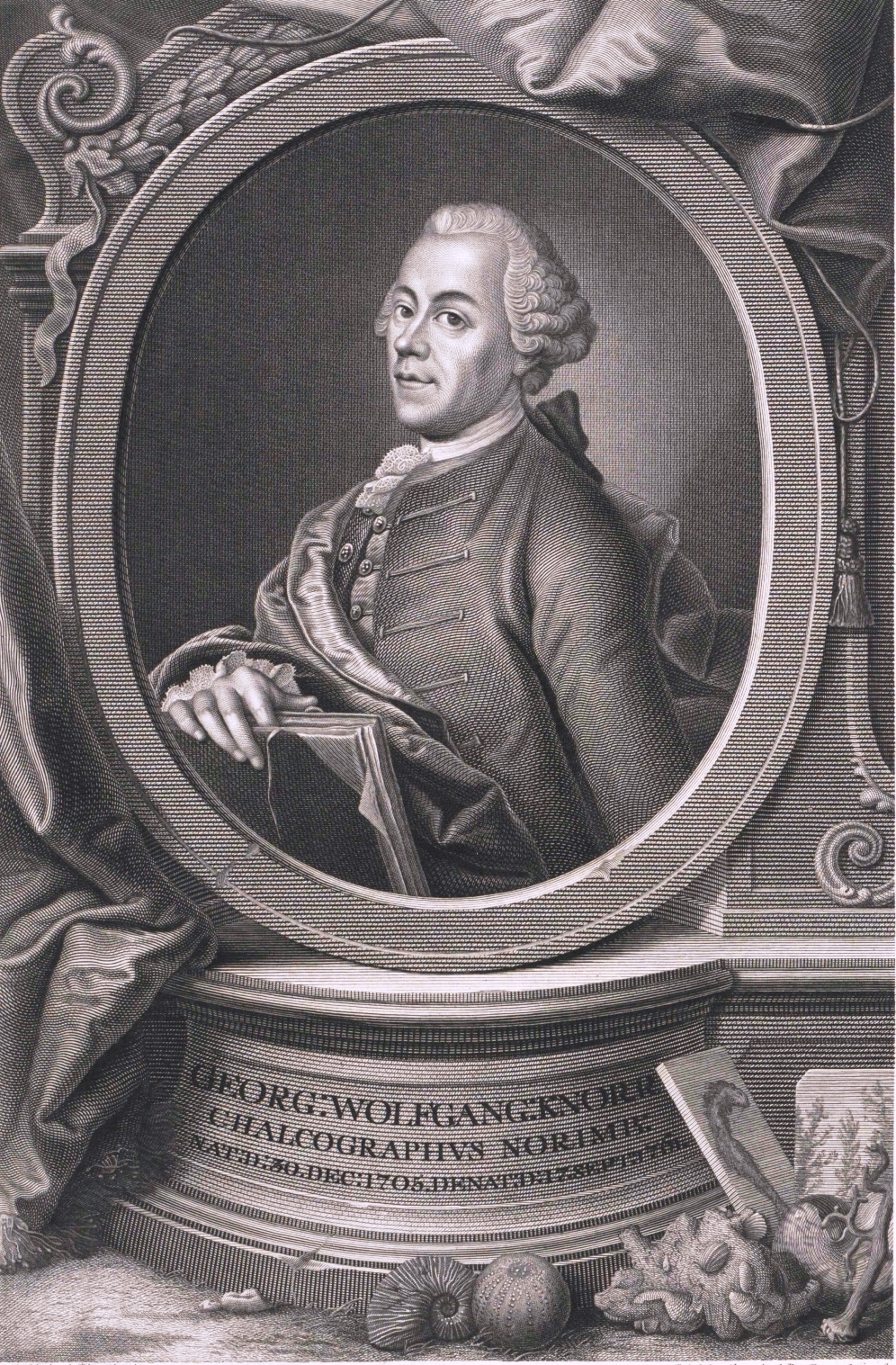
Georg Wolfgang Knorr was a German engraver, naturalist, and one of the first paleontologists of the 18th century.
Knorr was first apprenticed to his father as a lathe operator, and at the age of eighteen became a copper engraver for Leongard Blank, working with Martin Tiroff on the illustrations for Jacob Scheuchzer's Physica Sacra (1731). This work and his acquaintance with J.A. Beurer, a mineralogist and correspondent of the Royal Society, awakened Knorr's interest in natural history.
In the 1750s Knorr began publishing his own sumptuous folios. One of the most beautiful books of the eighteenth century is devoted to sea shells.


Charles Robert Darwin was an English naturalist, geologist, and biologist, widely known for contributing to the understanding of evolutionary biology. His proposition that all species of life have descended from a common ancestor is now generally accepted and considered a fundamental concept in science. In a joint publication with Alfred Russel Wallace, he introduced his scientific theory that this branching pattern of evolution resulted from a process that he called natural selection, in which the struggle for existence has a similar effect to the artificial selection involved in selective breeding. Darwin has been described as one of the most influential figures in human history, and he was honoured by burial in Westminster Abbey.

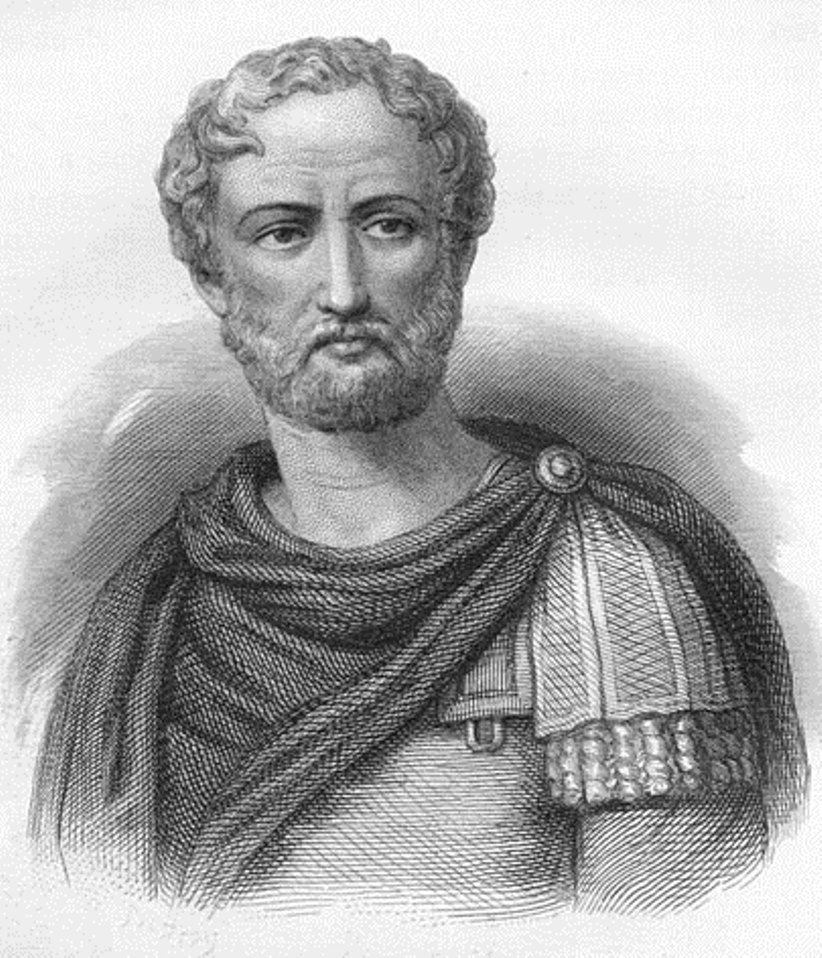
Gaius Pliny Secundus (Latin: Gaius Plinius Secundus), known as Pliny the Elder, was an ancient Roman polymath, writer and statesman.
Pliny came from a wealthy family and was educated in Rome. In military service in Germany, he rose to the rank of cavalry commander, and then returned to Rome and was appointed governor of the province. In addition to public affairs, Pliny was engaged in the study of nature, wrote various scientific works.
His book Natural History has reached our time. This is an encyclopedic work, which became an authority in Europe in scientific matters until the Middle Ages. Natural History has historical significance as one of the greatest literary monuments of classical antiquity. It is still of value to those who wish to gain an insight into first-century Rome from a primary source.
In the year 79 Pliny was appointed by Vispasian to command a fleet in the Bay of Naples, and found himself near Vesuvius at the time of its eruption. He went ashore, where he died as a result of the natural disaster.

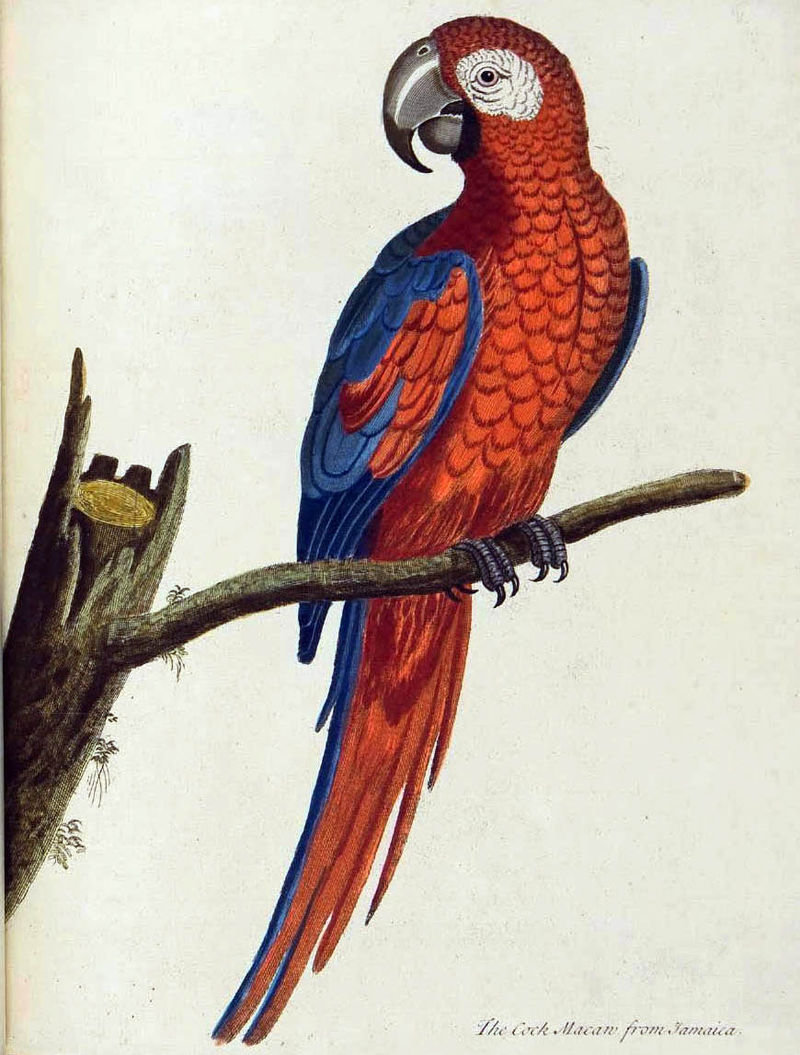
Eleazar Albin was a British naturalist and author of illustrated books on birds and insects.
Albin wrote and illustrated a number of books, including A Natural History of English Insects (1720), A Natural History of Birds (1731-38), and A Natural History of Spiders and Other Curious Insects (1736). His work was based on careful observation and artistic talent. Eleazar Albin has been called one of the "great illustrators of entomological books of the 18th century".
Some of the illustrations in these books are by Albin's daughter Elisabeth. Eleazar Albin himself proudly wrote of his drawings that they were all painted from life, with all the accuracy of a sketch, unlike the sketches of other scientists, who did them either from memory or from stories.

![Друммонд, Г. Естественный закон в духовном мире: С прил. речей Г. Друммонда: «Как преобразить нашу жизнь» и «Мир с вами» / [Соч.] проф. Генри Друммонда; с 29-го англ. изд. пер. С. Долгов.](/assets/image/picture_1784457/ab082/ddnelvuhru8bmf-ntrksannarjkarkqfkpaygwq3dbglyqfh8n4bu2uv26qpnaj1635787994jpg__fix_374_244.jpeg)
![Друммонд, Г. Естественный закон в духовном мире: С прил. речей Г. Друммонда: «Как преобразить нашу жизнь» и «Мир с вами» / [Соч.] проф. Генри Друммонда; с 29-го англ. изд. пер. С. Долгов.](https://veryimportantlot.com/assets/image/picture_1784457/ab082/ddnelvuhru8bmf-ntrksannarjkarkqfkpaygwq3dbglyqfh8n4bu2uv26qpnaj1635787994jpg__fix_374_244.jpeg)
![Друммонд, Г. Естественный закон в духовном мире: С прил. речей Г. Друммонда: «Как преобразить нашу жизнь» и «Мир с вами» / [Соч.] проф. Генри Друммонда; с 29-го англ. изд. пер. С. Долгов.](/assets/image/picture_1905642/acd50/jjf1v-dcoscmkqtpvllgycdpqssglt9ko6tl-uicknbnrra4q6psiuqoypl3al1639497058jpg__fix_374_244.jpeg)
![Друммонд, Г. Естественный закон в духовном мире: С прил. речей Г. Друммонда: «Как преобразить нашу жизнь» и «Мир с вами» / [Соч.] проф. Генри Друммонда; с 29-го англ. изд. пер. С. Долгов.](https://veryimportantlot.com/assets/image/picture_1905642/acd50/jjf1v-dcoscmkqtpvllgycdpqssglt9ko6tl-uicknbnrra4q6psiuqoypl3al1639497058jpg__fix_374_244.jpeg)
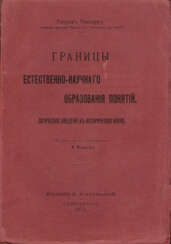



![[Boris ZWORYKINE et alii]](/assets/image/picture_144959/f6fc1/nhk7q41bmcbnb1kin6hayl7lpxsiceprjgpy61v7kh5hegwtue6bvumofucnikgk1523312655jpg__fix_374_244.jpeg)
![[Boris ZWORYKINE et alii]](https://veryimportantlot.com/assets/image/picture_144959/f6fc1/nhk7q41bmcbnb1kin6hayl7lpxsiceprjgpy61v7kh5hegwtue6bvumofucnikgk1523312655jpg__fix_374_244.jpeg)
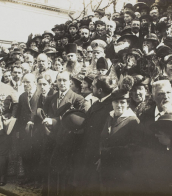
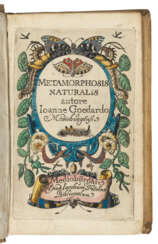



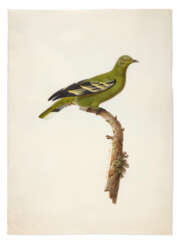

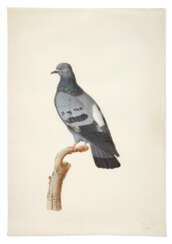

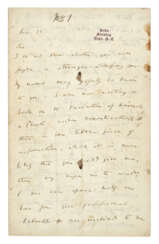

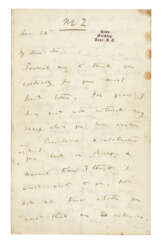

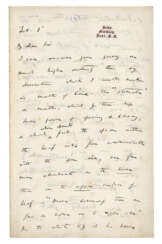

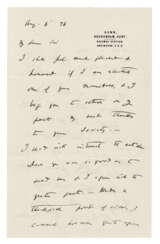

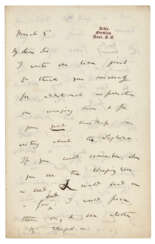

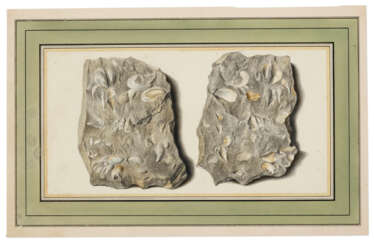

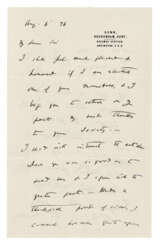




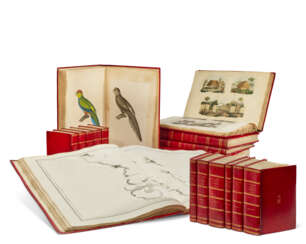

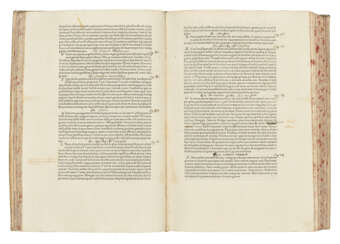











![[BUFFON, Georges-Louis Leclerc, vicomte de (1707-1788)] Jean-Gabriel PRÊTRE (1768-1849)](/assets/image/picture_2501048/3e45c/95ad26b9bba98bbb0c4deb5a6a6ea3ab1667984400jpg__fix_374_244.jpeg)
![[BUFFON, Georges-Louis Leclerc, vicomte de (1707-1788)] Jean-Gabriel PRÊTRE (1768-1849)](https://veryimportantlot.com/assets/image/picture_2501048/3e45c/95ad26b9bba98bbb0c4deb5a6a6ea3ab1667984400jpg__fix_374_244.jpeg)
